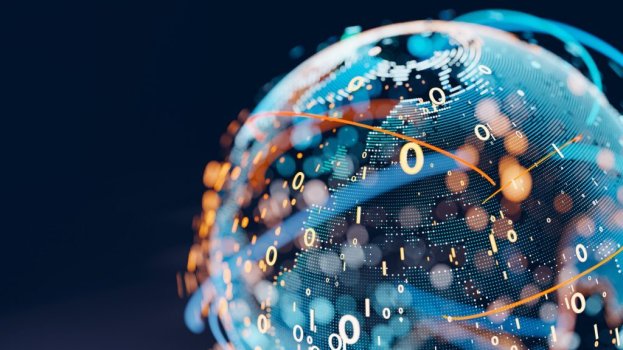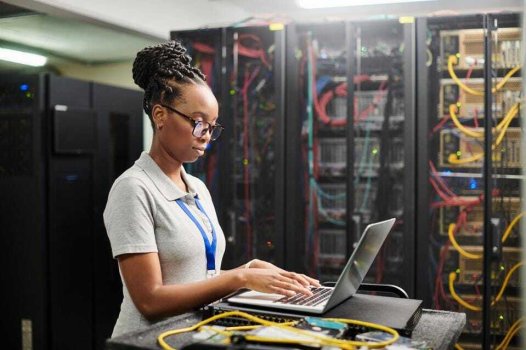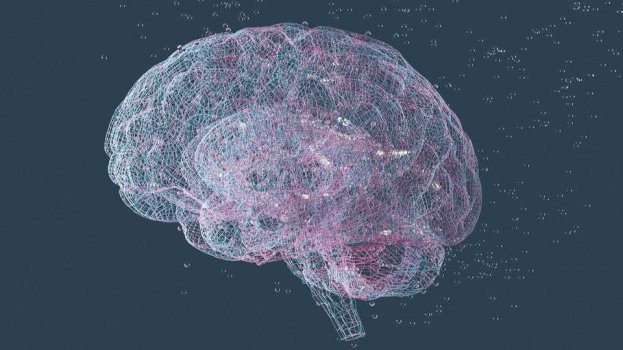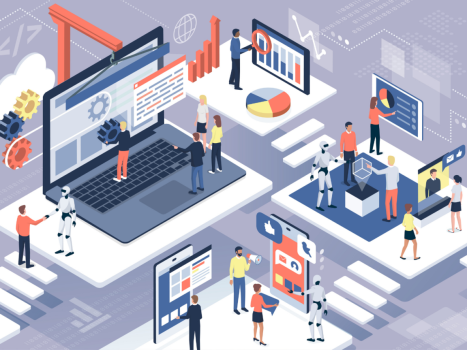How AI Can Help Protect Against Storms Like Hurricane Ian
- Technology Solutions
- 0 Replies
According to the National Centers for Environmental Information, as of July 2022, nine climate disaster events exceeded $1 billion in losses. Hurricane Ian, which has a reported death of more than 100 people and caused as much as $47 billion in insured losses, could make it the most expensive storm in Florida's history.
Since June 2022, floods in Pakistan have killed 1678 people and washed away villages and infrastructure leaving behind 3.4 million children at increased risk of waterborne diseases, drowning and malnutrition. Hurricane Fiona left 900,00 people without power in Puerto Rico.
With natural disasters globally becoming more and more prevalent and dangerous, the application of technology like artificial intelligence (AI) has the potential to prevent or mitigate the destruction.
According to Neil Sahota, IBM Master Inventor, lead artificial intelligence advisor at the United Nations, and co-founder of the AI for Good Global Summit, people see natural disasters as extreme, sudden events. But in reality, Sahota says that thousands of subtle, slow-moving clues indicate the likelihood and severity of a natural disaster.
"As humans, we're wired for those fast-moving, immediate threats [..]; unfortunately, we're not good with the slow-moving, long-term threats," said Sahota. "Thankfully, AI is, and that's why it has become a powerful tool in predicting natural disasters and enabling us to take steps to mitigate and even prevent it."
Sahota uses wildfires as an example of how AI is good at processing vast amounts of data in real time and finding those subtle connections among the variables. "We tend to look at climate conditions, amount of brush and other potential fuels, and the area's topography to assess the fire risk," said Sahota. "But as more AI wildfires tools have been developed, we have learned about many other factors involved, including ignition."
Sahota says data from research with mining companies shows that lightning strikes can be a major source of wildfires, but how can we assess something so random?
"People may struggle with this, but AI has had a much easier time predicting where lightning storms may occur, the likelihood of where it will hit the ground, and what are the "hotspots" that would catch on fire," said Sahota. "As a result, we now examine far more ignition sources like static electricity, hot surfaces and even friction to assess the threat of a wildfire."
Sahota maintains that AI can prevent the next natural disaster by determining the ripple effect or the indirect impacts of a potential natural disaster.
Continue reading: https://www.forbes.com/sites/jenniferhicks/2022/10/05/a-look-at-how-artificial-intelligence-could-prevent-natural-disaster/?sh=29475e0758da
Since June 2022, floods in Pakistan have killed 1678 people and washed away villages and infrastructure leaving behind 3.4 million children at increased risk of waterborne diseases, drowning and malnutrition. Hurricane Fiona left 900,00 people without power in Puerto Rico.
With natural disasters globally becoming more and more prevalent and dangerous, the application of technology like artificial intelligence (AI) has the potential to prevent or mitigate the destruction.
According to Neil Sahota, IBM Master Inventor, lead artificial intelligence advisor at the United Nations, and co-founder of the AI for Good Global Summit, people see natural disasters as extreme, sudden events. But in reality, Sahota says that thousands of subtle, slow-moving clues indicate the likelihood and severity of a natural disaster.
"As humans, we're wired for those fast-moving, immediate threats [..]; unfortunately, we're not good with the slow-moving, long-term threats," said Sahota. "Thankfully, AI is, and that's why it has become a powerful tool in predicting natural disasters and enabling us to take steps to mitigate and even prevent it."
Sahota uses wildfires as an example of how AI is good at processing vast amounts of data in real time and finding those subtle connections among the variables. "We tend to look at climate conditions, amount of brush and other potential fuels, and the area's topography to assess the fire risk," said Sahota. "But as more AI wildfires tools have been developed, we have learned about many other factors involved, including ignition."
Sahota says data from research with mining companies shows that lightning strikes can be a major source of wildfires, but how can we assess something so random?
"People may struggle with this, but AI has had a much easier time predicting where lightning storms may occur, the likelihood of where it will hit the ground, and what are the "hotspots" that would catch on fire," said Sahota. "As a result, we now examine far more ignition sources like static electricity, hot surfaces and even friction to assess the threat of a wildfire."
Sahota maintains that AI can prevent the next natural disaster by determining the ripple effect or the indirect impacts of a potential natural disaster.
Continue reading: https://www.forbes.com/sites/jenniferhicks/2022/10/05/a-look-at-how-artificial-intelligence-could-prevent-natural-disaster/?sh=29475e0758da























